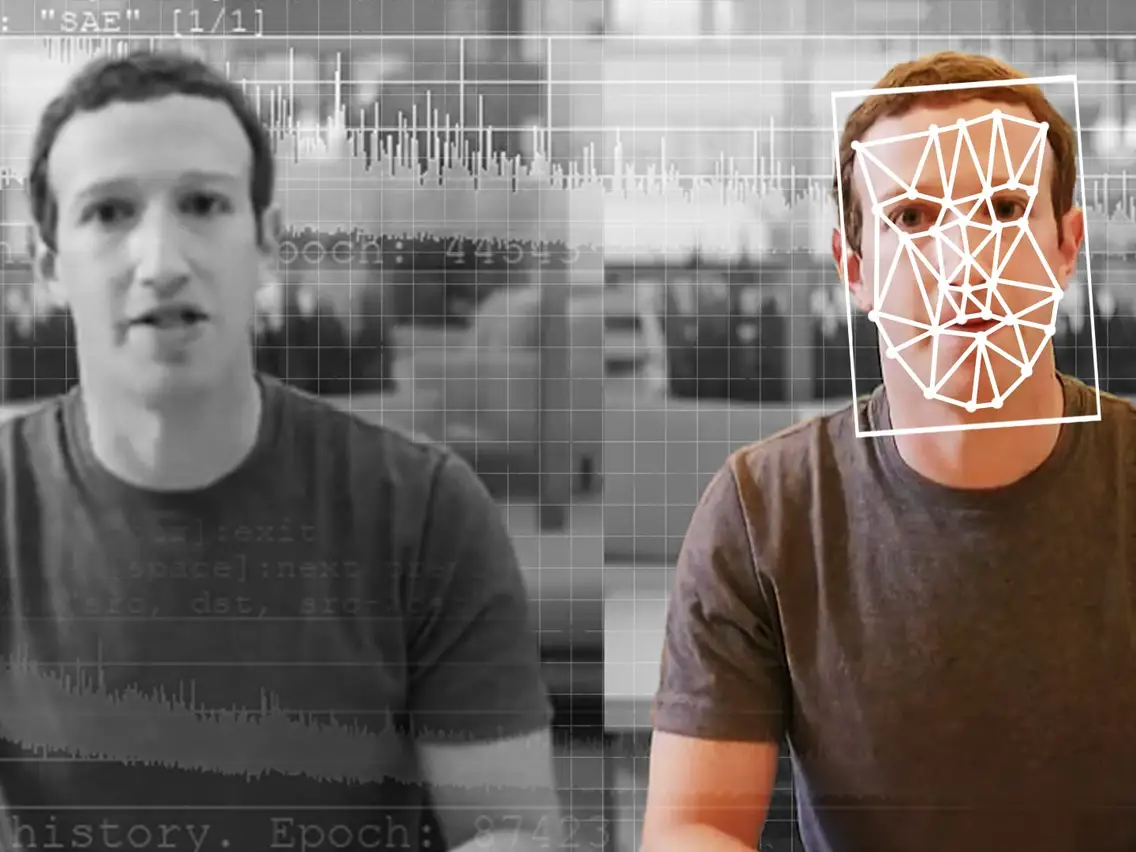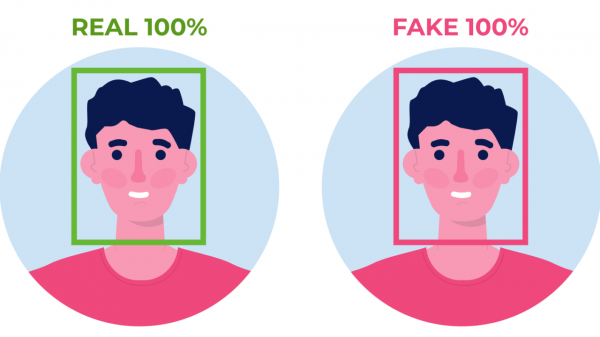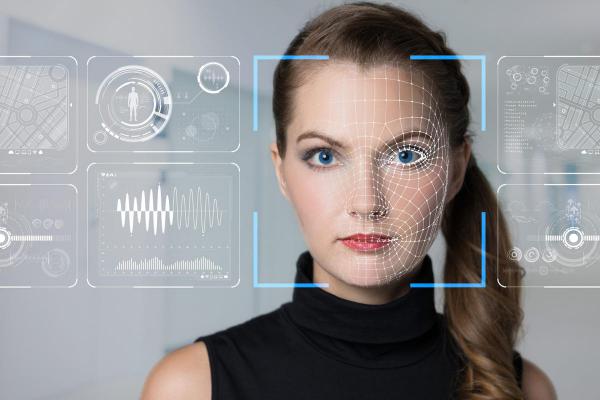
Deepfake technology refers to the use of artificial intelligence (AI) to create or manipulate media content, such as images, videos, and audio recordings, to make them appear to be real. The term "deepfake" is derived from "deep learning" and "fake."
Deepfake technology uses machine learning algorithms to analyze and learn patterns from large amounts of data, such as facial features, voice patterns, and body movements. The algorithms then apply the learned patterns to generate realistic-looking media content.
One of the most common applications of deepfake technology is in creating manipulated videos that depict individuals saying or doing things that they never actually did. This has led to concerns about the potential misuse of the technology for malicious purposes, such as spreading fake news or discrediting public figures.
However, deepfake technology also has some positive uses. For example, it can be used in the film and entertainment industry to create realistic special effects, or in the medical field to simulate medical procedures or to train medical professionals.
There are several techniques used in deepfake technology, including autoencoders, generative adversarial networks (GANs), and variational autoencoders (VAEs).
GANs are particularly effective for generating realistic-looking images and videos. GANs consist of two neural networks: a generator and a discriminator. The generator creates fake images or videos, while the discriminator tries to distinguish the fake media from the real media. Through a process of trial and error, the generator learns to create increasingly realistic media content that can fool the discriminator.
One of the most notable examples of deepfake technology is the deepfake video of former US President Barack Obama, which was created by researchers at the University of Washington. The video uses AI algorithms to manipulate the movement of the lips and facial expressions to make it appear as though Obama is speaking words that he never actually said.
Dangers of the Deep Fake

While it has many potential benefits, also poses a significant danger due to its potential for misuse.
1- Disinformation and Fake News: Deepfakes can be used to create and spread false information, which can have serious consequences. Misinformation spread through deepfakes can influence public opinion, affect the outcome of elections, and cause social unrest.
2- Cyberbullying and Harassment: Deepfakes can be used to create fake images or videos that are intended to defame or harass individuals. For example, deepfakes can be used to create revenge porn, in which an individual's intimate images are manipulated and distributed without their consent.
3- Fraud and Cybersecurity: Deepfakes can be used to create fake identities or manipulate financial transactions, leading to significant financial losses. Additionally, deepfakes can be used to bypass security systems, creating new cybersecurity risks.
4- Undermining Trust: Deepfakes can undermine trust in media and public figures. As deepfakes become more advanced, it may become difficult to distinguish between real and fake media content, leading to a loss of trust in traditional sources of information.
5- Legal and Ethical Implications: The creation and dissemination of deepfakes raise a host of legal and ethical questions. For example, deepfakes may infringe on copyright laws, privacy laws, or laws related to defamation. Additionally, deepfakes can raise ethical questions related to consent, autonomy, and human dignity.
Advantages of the Deep Fake

It has several potential advantages that make it an exciting area of research and development.
1- Entertainment and Creative Expression: Deepfakes can be used to create new forms of entertainment and artistic expression. For example, deepfakes can be used to create realistic CGI characters in films and video games, or to create funny and engaging videos for social media.
2- Education and Training: Deepfakes can be used in education and training to create realistic simulations of real-world scenarios. For example, deepfakes can be used to simulate medical procedures or military operations, providing a safe and controlled environment for training.
3- Personalization and Customization: Deepfakes can be used to create customized and personalized experiences for users. For example, deepfakes can be used to create virtual avatars that look and sound like the user, allowing for a more immersive and engaging experience.
4- Accessibility and Inclusivity: Deepfakes can be used to make media content more accessible to people with disabilities. For example, deepfakes can be used to create sign language videos or audio descriptions for visually impaired individuals.
5- Research and Development: Deepfakes can be used to facilitate research and development in a variety of fields, such as computer vision, natural language processing, and machine learning.
How to use the Deep Fake to improve our lives?
Here are five ways in which deepfake technology could be used to positively impact our lives:
1- Medical Training: Deepfake technology could be used to simulate medical procedures, allowing for more realistic and immersive training for medical professionals. By using deepfakes to create realistic scenarios, medical professionals could hone their skills and improve patient outcomes.
2- Disaster Response: Deepfake technology could be used to simulate disaster scenarios, allowing emergency responders to train and prepare for various situations. For example, emergency responders could use deepfakes to simulate a natural disaster, allowing them to practice their response and preparation techniques.
3- Historical Preservation: Deepfake technology could be used to create realistic simulations of historical events or figures, allowing people to experience history in a more immersive and engaging way. By creating deepfakes of historical events, people could learn about the past in a way that is more memorable and impactful.
4- Mental Health Therapy: Deepfake technology could be used to create virtual avatars that could be used in mental health therapy. These avatars could be programmed to exhibit specific traits, such as empathy or patience, and could help patients work through difficult emotions or experiences in a controlled and safe environment.
5- Accessibility: Deepfake technology could be used to create sign language videos or audio descriptions for people with disabilities. This would allow people with visual or hearing impairments to access media content that might otherwise be inaccessible to them.
Video Showcasing the Deep Fake Technology
In conclusion, while deepfake technology has many potential benefits, it is important to recognize and address the dangers associated with its misuse. It is essential to develop effective methods for detecting and preventing the spread of deepfakes to ensure that the potential harm is minimized. It is also important to develop legal and ethical frameworks to ensure that deepfakes are created and used responsibly.